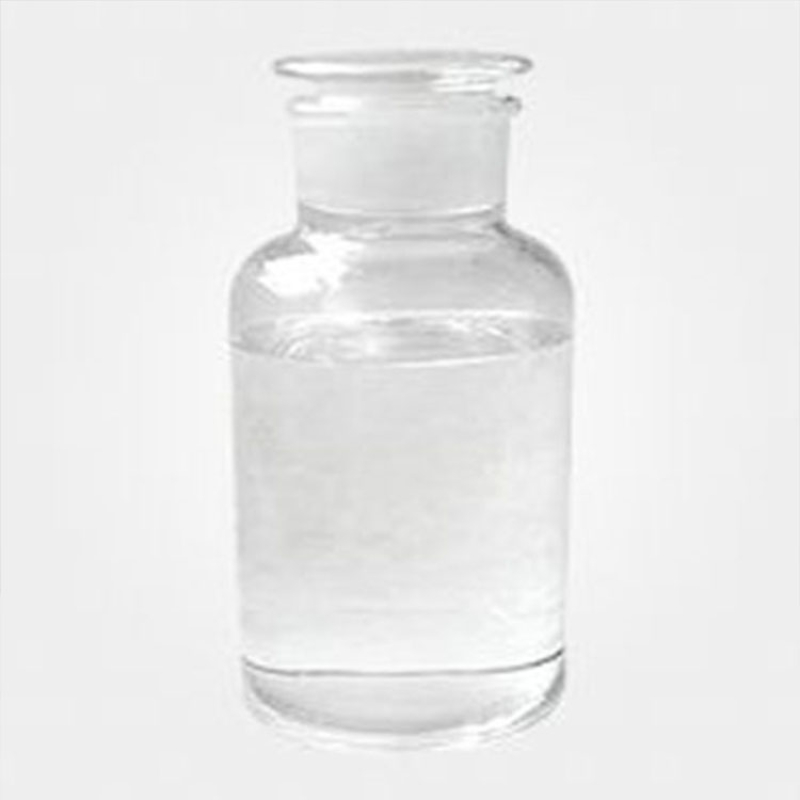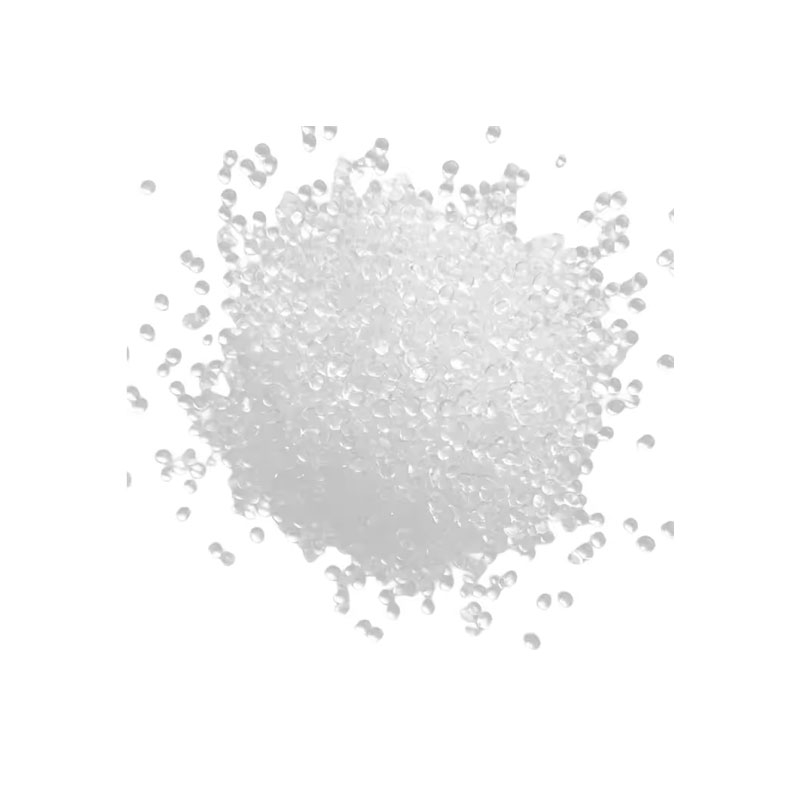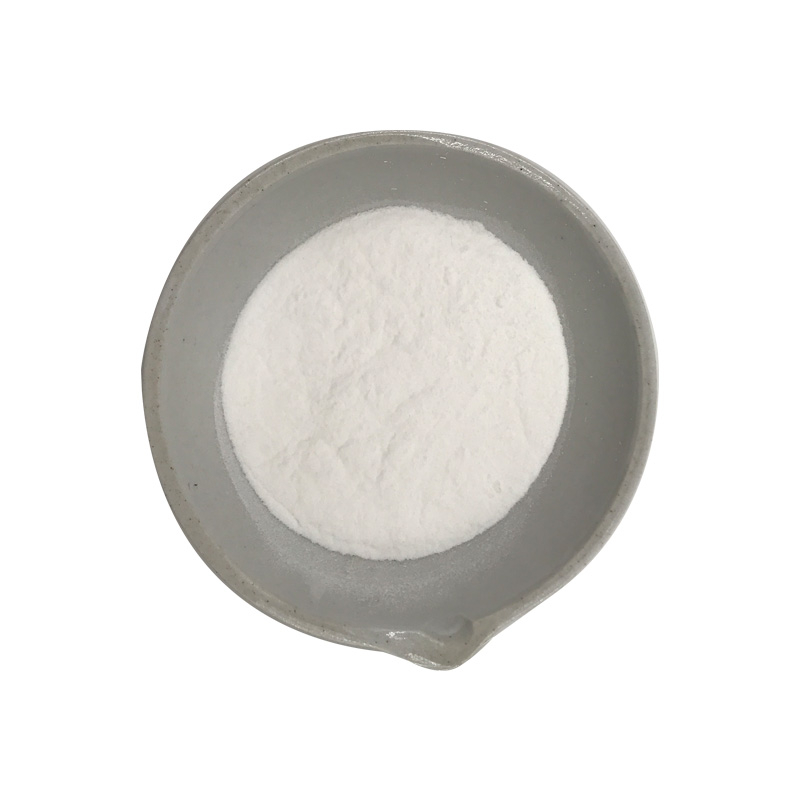Products Description of Natamycin CAS#7681-93-8Natamycin, also known as pimaricin and natamycin, was first isolated from Streptomyces natalensis in 1955. Its activity is far superior to sorbic acid. In June 1982, the US FDA officially approved natamycin for use as a food preservative and classified it as a GRAS product. Natamycin is a highly effective inhibitor of molds, yeasts and fungi. It is used to inhibit molds, yeasts and fungi in food. It is very safe and reliable for the human body and does not affect the flavor of the product.
Contact Now
Products Description of 3-Methoxythiophene CAS#17573-92-13-Methoxythiophene is an important intermediate in organic synthesis.3-Methoxythiophene Chemical PropertiesMelting point 49-50 °C(Solv: ethyl ether (60-29-7); ligroine (8032-32-4))Boiling point 80-82 °C/65 mmHg (lit.)density 1.143 g/mL at 25 °C (lit.)refractive index n20/D 1.532(lit.)Fp 121 °Fstorage temp. Keep in dark place,Inert atmosphere,2-8°Cform Liquidcolor Clear light brownSensitive Air SensitiveBRN 106404LogP1.810 (est)CAS DataBase Reference17573-92-1(CAS DataB
Contact Now
Products Description of Ammonium Alginate CAS#9005-34-9Ammonium alginate is a chemical substance with the molecular formula C6H7O6NH4. Alginic acid, also known as alginate or alginates, is an anionic polysaccharide widely distributed in the cell walls of brown algae, which forms a viscous jelly by combining with water. It is also a significant component of biofilms produced by the bacterium Pseudomonas aeruginosa, the main pathogen in cystic fibrosis, conferring its high resistance to antibiotics and killing by macrophages. Its color ranges from white to yellow-brown.
Contact Now
Products Description of Thyroid powder CAS#50809-32-0In the early days, L-thyroxine was extracted from animal thyroid glands, but the resulting product had low purity, poor optical purity, and its production was limited by the source of animal thyroid glands. Now, chemical synthesis methods are mainly used.
Contact Now
Products Description of Imidazole CAS#288-32-4Imidazole, with the molecular formula C3H4N2, is an organic compound and a type of diazoles. It is a five-membered aromatic heterocyclic compound containing two meta-nitrogen atoms in the molecular structure.
Contact Now
Products Description of Ethyltriphenylphosphonium bromide CAS#1530-32-1Ethyltriphenylphosphonium bromide is a chemical product with the molecular formula C20H20BrP.Ethyltriphenylphosphonium bromide Chemical PropertiesMelting point 203-205 °C(lit.)Boiling point 240℃[at 101 325 Pa]density 1.38[at 20℃]vapor pressure 0-0.1Pa at 20-25℃Fp 200 °Cstorage temp. Inert atmosphere,Room Temperaturesolubility 174g/l solubleform Crystalline Powdercolor White to off-whiteWater Solubility 120 g/L (23 ºC)Sensitive HygroscopicBRN 3599630I
Contact Now
Products Description of Trifluoromethanesulfonic anhydride CAS#358-23-6Trifluoromethanesulfonic anhydride is an organic compound with the chemical formula (CF3SO2)2O.
Contact Now
Products Description of Dichloromethane CAS#75-09-2Dichloromethane is a compound formed by replacing two hydrogen atoms in the methane molecule with chlorine, with the molecular formula CH2Cl2. It is a colorless, transparent, heavier than water, volatile liquid with an ether-like smell and sweetness. It does not burn, but forms an explosive mixture when mixed with high concentrations of oxygen.
Contact Now
Products Description of 1,1,2-Trimethyl-1H-benz[e]indole CAS#41532-84-7It is an extremely important alkaline heterocyclic intermediate for the synthesis of benzindolyl cyanine dyes, and is also a key intermediate for the synthesis of a variety of photovariable dyes.
Contact Now
Products Description of Direct Pigment Red 122 CAS#980-26-7Pigment Red 122 is an all-around pink, it belongs to Quinacridone chemistry, application covers all kinds of polymers. Comparable with Clariant Pink E and E 01. P.R.122 has higher tinting strength than pigment violet 19, it is with excellent resistance to immigration and heat stability. PR 122 dissolves in its medium and changes color accordingly at low concentrations.
Contact Now
Products Description of CETEARYL ALCOHOL CAS#8005-44-5Cetostearyl alcohol is in the form of white granules, flakes or blocks, has a greasy smell, and is a transparent oily liquid after melting.
Contact Now
2-DODECEN-1-YLSUCCINIC ANHYDRIDE CAS#19780-11-1Product Name:2-DODECEN-1-YLSUCCINIC ANHYDRIDESynonyms:2,5-Furandione, 3-(2-dodecenyl)dihydro-;2,5-Furandione, 3-dodecenyl-;3-(2-dodecenyl)dihydro-5-furandione;3-[(2E)-2-Dodecenyl]dihydro-2,5-furandione;3-(2-dodecenyl)succinic anhydride;2-(2-Dodecene-1-yl)succinic anhydride;2-(2-Dodecenyl)succinic anhydride;2-Dodecen-1-yl(-)succinicanhydridCAS:19780-11-1MF:C16H26O3MW:266.38EINECS:243-296-9Product Categories:Carbonyl Compounds;Carboxylic Acid Anhydrides;Organic Building Blocks;Anhydride MonomersUnsaturated fatty acids and derivatives;Monoenoic fatty
Contact Now
Products Description of Phthalonitrile CAS#91-15-6Aromatic nitrile compounds such as phthalonitrile are very important organic synthesis intermediates, which are widely used in medicines, pesticides, herbicides, insecticides, dyes, fragrances and natural products.
Contact Now
Products Description of 1,4-Butanediol dimethacrylate CAS#2082-81-71,4-Butanediol dimethacrylate is used in the preparation and application of hydrogel super absorbent polymers.1,4-Butanediol dimethacrylate Chemical PropertiesMelting point −117 °C(lit.)Boiling point 132-134 °C/4 mmHg (lit.)density 1.023 g/mL at 25 °C (lit.)vapor density 2.09 (vs air)vapor pressure 430 mm Hg ( 25 °C)refractive index n20/D 1.456(lit.)Fp 38 °Fstorage temp. 2-8°Csolubility Chloroform (Sparingly), Methanol (Slightly)form Liquidpka9.8(at 25℃)color
Contact Now
Products Description of Hydrogenated Starch Hydrolysate CAS#68425-17-2Hydrogenated Starch Hydrolysate is a colorless, odorless, transparent, viscous liquid. It is non-crystalline. It has strong hygroscopicity, sweet taste, and is highly soluble in water but difficult to dissolve in ethanol.
Contact Now
Products Description of 2,2-Dimethylthiazolidine CAS#19351-18-92,2-Dimethylthiazolidine, an organic chemical substance, molecular formula: C5H11NS.2,2-Dimethylthiazolidine Chemical PropertiesBoiling point 61 °C / 15mmHgdensity 1,02 g/cm3vapor pressure 2.01hPa at 25℃refractive index 1.5100-1.5140Fp 55°Cstorage temp. 2-8°C(protect from light)pka8.97±0.40(Predicted)form clear liquidcolor Colorless to Light orange to YellowInChIInChI=1S/C5H11NS/c1-5(2)6-3-4-7-5/h6H,3-4H2,1-2H3InChIKeySNPQRYOQWLOTFA-UHFFFAOYSA-NSMILESS1CCNC1(C)CLogP1.38CAS DataBase Refer
Contact Now
Products Description of Phenol CAS#108-95-2Phenol, with the chemical formula 𝐶6𝐻5𝑂𝐻C6H6O, is a white crystalline substance known for its versatility and reactivity due to the hydroxyl group attached to the benzene ring. It serves as a key precursor in the synthesis of pharmaceuticals, including aspirin, and is integral to the production of resins, plastics, and synthetic fibers like nylon. Phenol's historical use as a disinfectant highlights its ability to denature proteins and disrupt cell membranes. It also plays a role in the detergent industry and analytical chemistry.
Contact Now
Phenol CAS# 108-95-2 Phenol is the easiest member of a classification of natural compounds possessing a hydroxyl team connected to a benzene ring or to a extra complicated fragrant ring system.Also recognized as carbolic acid or monohydroxybenzene, phenol is a colorless to white crystalline fabric of candy odor, having the composition C6H5OH, bought from the distillation of coal tar and as a derivative of coke ovens.Phenol has extensive biocidal properties, an
Contact Now
Products Description of Dextrin CAS#9004-53-9White amorphous powder, odorless, slightly sweet taste.Dextrin Chemical PropertiesMelting point 53.75-54 °Cdensity 0.8 g/cm3storage temp. Store at RT.solubility H2O: 0.1 g/mL hot, complete, yellow to very deep yellowform powdercolor yellowOdorodorlessWater Solubility Soluble in hot water (0.1 g/ml).Sensitive HygroscopicMerck 14,2953Dielectric constant2.2(Ambient)Stability:Stable. Combustible.
Contact Now
Products Description of Sulfonic acids, petroleum, sodium salts CAS#68608-26-4White powderSulfonic acids, petroleum, sodium salts Chemical PropertiesBoiling point 1042.61℃[at 101 325 Pa]vapor pressure 0Pa at 25℃Water Solubility 0.065ng/L at 25℃LogP22.12 at 25℃EPA Substance Registry SystemPetroleum sulfonic acids, sodium salts (68608-26-4)Factory and Equipment ShowFast delivery timeInventory 2-3 working days New production 7-10 working days
Contact Now
Products Description of Potassium phosphate CAS#778-53-2Potassium phosphate is a reagent with high buffering capacity, It serves as a buffering agent to regulate pH, Typically used as a component for a wide variety of media used in the culture of microorganisms, as a component in phosphate buffered saline (PBS). It occurs in several forms: monobasic, dibasic, and tribasic (K3PO4). Most pH neutral potassium phosphate buffer solutions consist of mixtures of the monobasic and dibasic forms to varying degrees, depending on the desired pH.
Contact Now
Products Description of POTASSIUM TITANATE CAS#12030-97-6Potassium titanate is a white solid with a relative density of 3.1 and a melting point of 1515°C.
Contact Now
Products Description of Chromium(III) fluoride CAS#7788-97-8Chromium trifluoride, also known as chromium trifluoride, is an inorganic compound with the chemical formula CrF3. It is mainly used as a mothproofing agent for wool fabrics, a halogenation catalyst, a marble hardener and a colorant.On October 27, 2017, the World Health Organization's International Agency for Research on Cancer published a preliminary list of carcinogens for reference.
Contact Now
POLY(DIMETHYLAMINE-CO-EPICHLOROHYDRIN) Chemical Propertiesdensity 1.1 g/mL at 25 °Crefractive index n20/D 1.427CAS DataBase Reference25988-97-0EPA Substance Registry SystemMethanamine, N-methyl-, polymer with (chloromethyl)oxirane (25988-97-0)Safety InformationHazard Codes XiRisk Statements 38-41Safety Statements 23-26-36/37/39WGK Germany 3Factory and Equipment ShowFast delivery timeInventory 2-3 working days New production 7-10 working days
Contact Now










![1,1,2-Trimethyl-1H-benz[e]indole CAS#41532-84-71,1,2-Trimethyl-1H-benz[e]indole CAS#41532-84-7](https://d3rnfhc14zcmdf.cloudfront.net/cdn/ff/vCdZL5hgJePL41mQiSGZKs6PuHZLWAvoY27pKNwf9gM/1718385350/public/styles/chanpinzhutu/public/2024-06/%E4%BA%A7%E5%93%81%E5%9B%BE%20%282%29_0.jpg?itok=0rtELXYW)
























